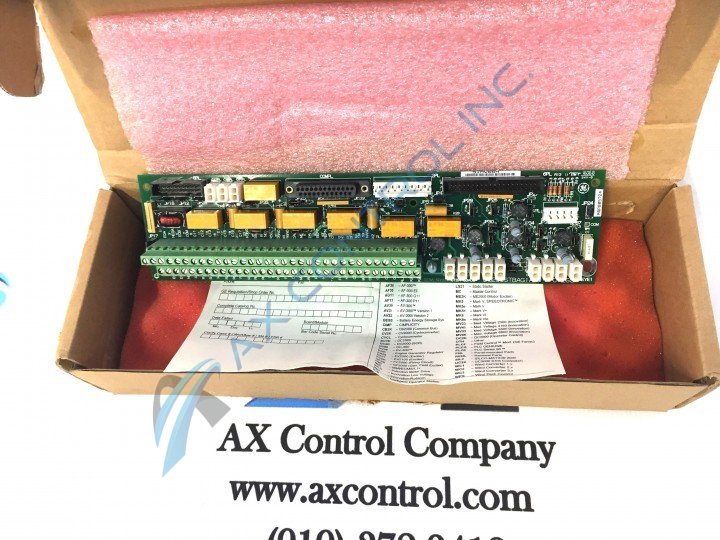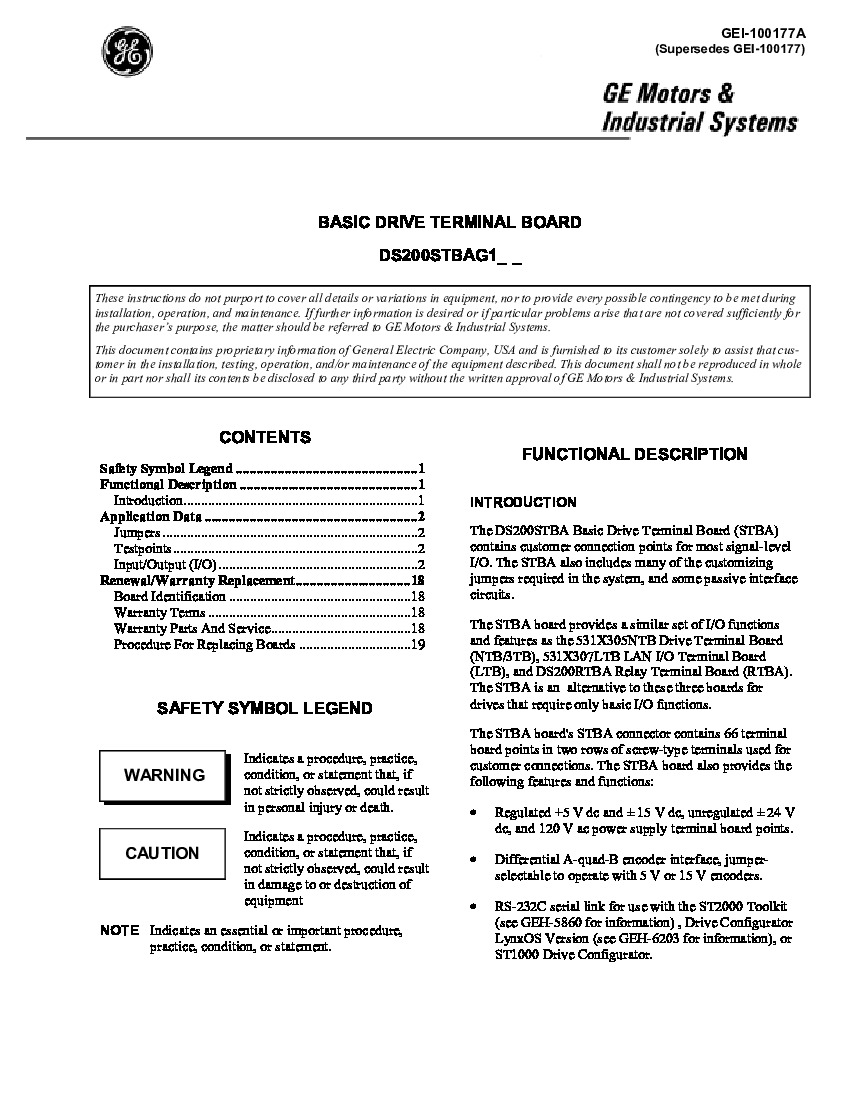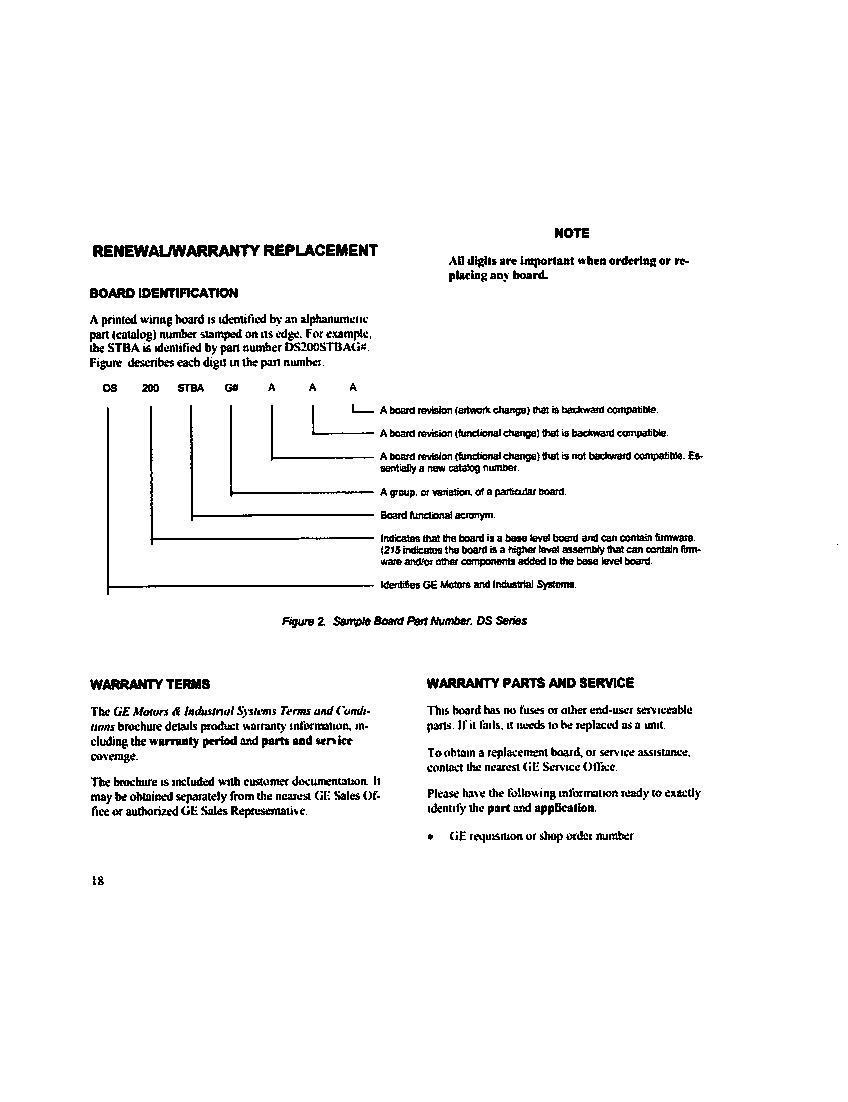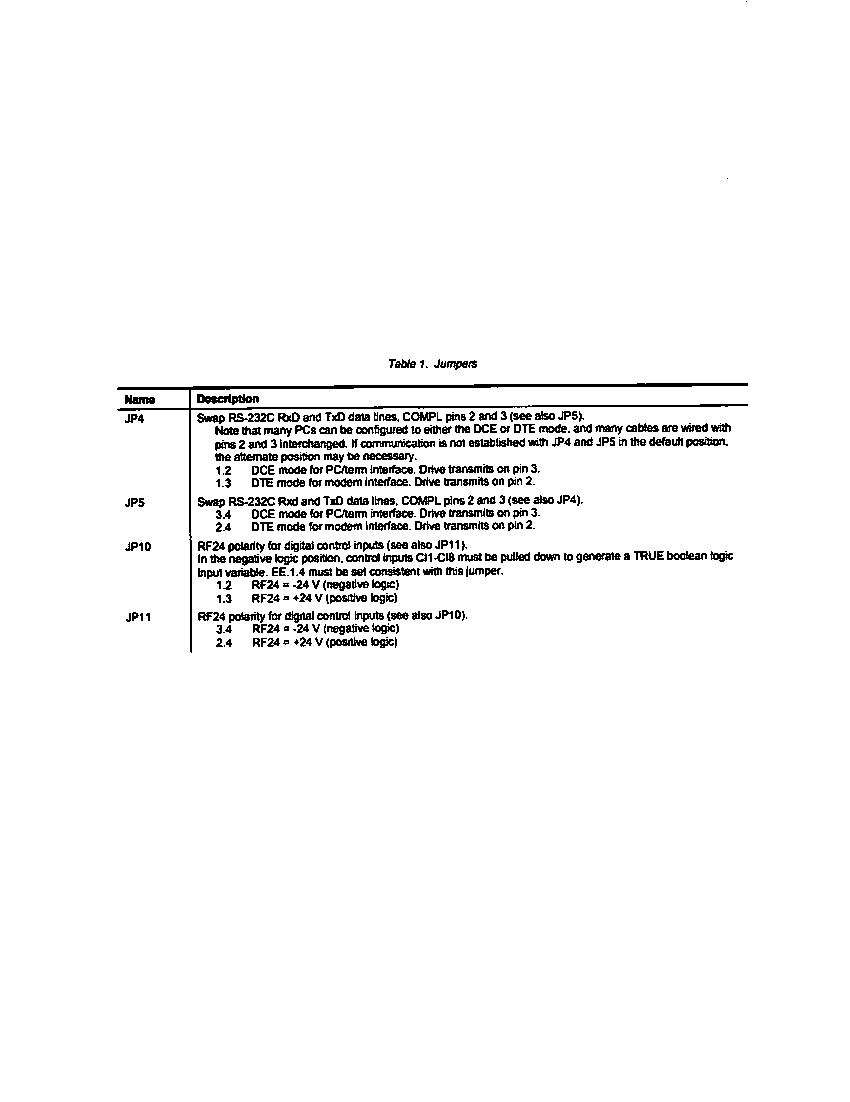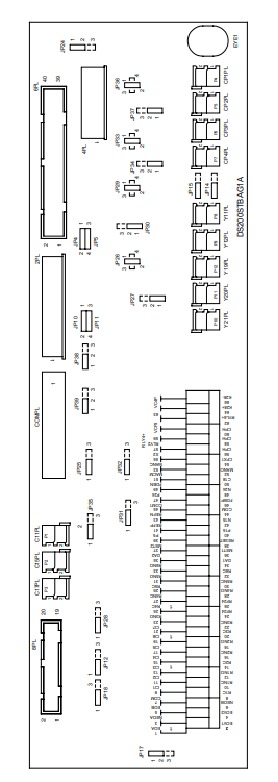About the DS200STBAG1ACB
This DS200STBAG1ACB printed circuit board product offering from General Electric was originally designed and produced for their Mark V Turbine Control System Series, a rather self-explanatory General Electric product series that has specific applications in the management and control systems of popular and compatible wind, steam, and gas turbine automated drive assemblies. With this DS200STBAG1ACB printed circuit board or PCB for short's possible alternative energy applications existing, it still must be considered a now-obsolete legacy product series as a whole, given the fact that its manufacture was discontinued due to a retailer-identified obsolescence in one of the many years following its initial series release. This DS200STBAG1ACB's greater Mark V Series, while obsolete in big 2024, is still very much a highly-desired General Electric product series on the automated industrial marketplace, as it exists as one of the lastly-developed product series to make use of the patented Speedtronic control system technology first seen alongside the inception of the previous Mark I Series in the later 1960s.
Hardware Tips and Specifications
As with any Mark V Series product available to our extended reconditioned and new inventory here; this DS200STBAG1ACB PCB's intended series functionality is adopted through its internal assembly's acceptance of a specific series of hardware components and component specifications. This DS200STBAG1ACB printed circuit board product offering is actually not the originally-developed product of its intended Mark V Series functionality; that would be the DS200STBAG1 parent Basic Drive Terminal Board missing this DS200STBAG1ACB PCB's three significant product revisions. The GE Basic Drive Terminal Board DS200STBAG1ACB provides connection points for I/O signals. There are multiple connections for I/O on the DS200STBAG1ACB. The board connects to the drive control board through connectors 6PL and 8PL, to the DC power supply through 4PL, and through the serial port as a user interface for configuration, troubleshooting and diagnostics. The DS200STBAG1ACB is secured in the drive with lock washers and standoff posts that hold the board in place. When you remove the board, take care that you do not drop the lock washers on the board or the drive. The lock washers might damage components. As identified in the DS200STBAG1ACB instructional manual embedded in the manuals tab for your convenience, this DS200STBAG1ACB PCB offers several connectors intended for GE factory use only. These connectors include:
- THe CP1PL-CP4PL factory 115 V ac source for panel power Connector
- CI1PL factory use Connector
- CI5PL factory use Connector
- CI7PL factory use Connector
- Y11PL, Y12PL factory interlock circuits Connector
- Y19PL-Y21PL factory brake control circuits Connector
All of the previously-listed connectors in the normal assembly of this DS200STBAG1ACB product offering have been named through a combination of their individual factory-printed nomenclature labels and the specific signals they were designed to transmit. Before you discard the defective DS200STBAG1ACB board during a replacement, you must transfer any jumpers from the old board to the new board. Care must be taken to accurately transfer the jumpers to duplicate the configuration and behavior of the board. Also care must be taken when you remove the old board that you keep it level and hold it with two hands. Prevent the board from hitting against other boards or components in the cabinet and from structures in the cabinet. Damage to cables might occur when you unplug them from the board. If ribbon cables must be disconnected, hold the connector on the DS200STBAG1ACB board with one hand. Hold the connector on the ribbon cable with the other hand and pull them apart. Do not attempt to pull the ribbon cable out by holding the ribbon cable and not the connector. This might damage the ribbon cable. Some cables are secured with a latch to lock the cable connector in place. Press on the latch to unlock it and pull out the cable connector.


